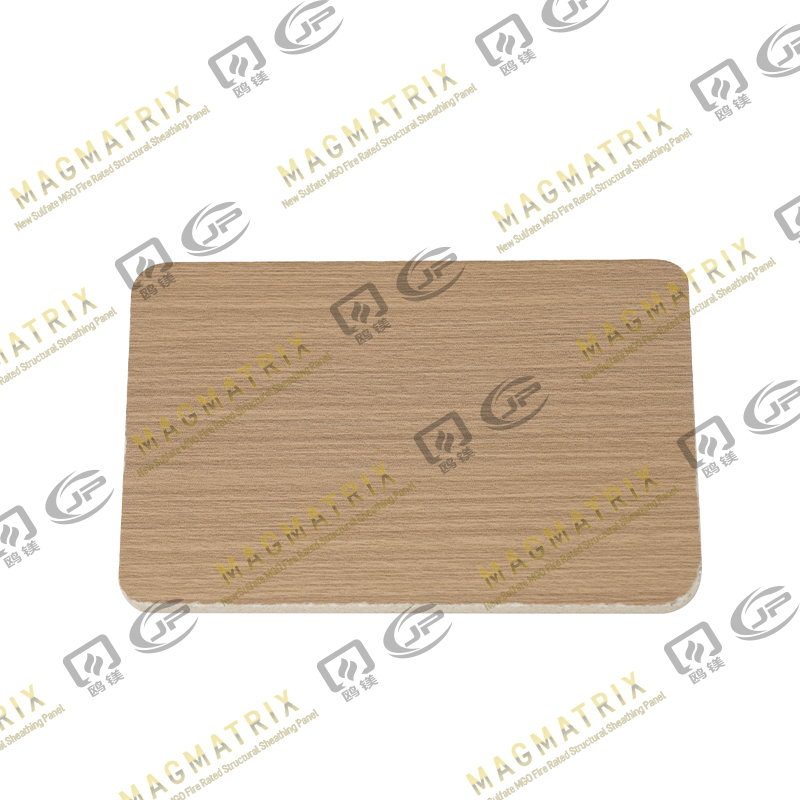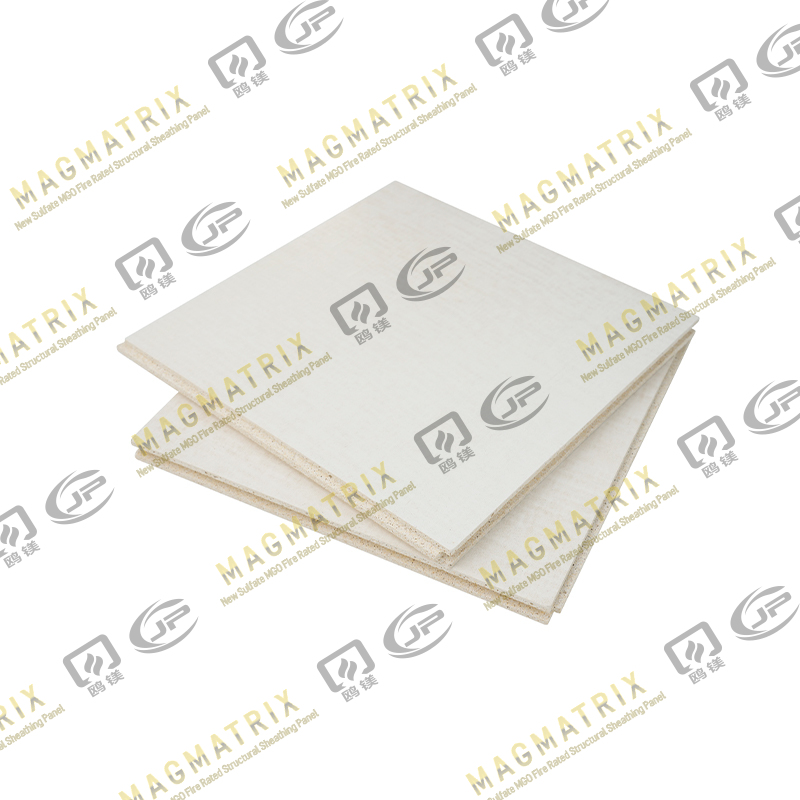Cement board and backer board are common underlayments for tile, but they aren’t the same. Cement board is a rigid, heavy-duty material made from cement, sand, and reinforcing fibers. It’s highly durable, water-resistant, and an excellent choice for wet areas like showers and tubs. However, it can be difficult to cut and install due to its weight and density.
In contrast, the term “backer board” is a broader category that can include cement board but also encompasses other materials like MgO board (magnesium oxide). These boards are often lighter, easier to cut, and may offer superior fire and mold resistance. The right choice depends on your project’s specific needs, including the environment (wet vs. dry), the type of tile, and your budget.
Durability
| Feature |
Cement Board |
Backer Board (General) |
| Composition |
Cement, sand, fiberglass mesh |
Varies (e.g., gypsum, cement, MgO) |
| Compressive Strength |
High |
Can be high, varies by type |
| Impact Resistance |
Very high |
Varies, MgO board is highly impact-resistant |
| Weight |
Heavy and dense |
Varies, MgO board is relatively lightweight |
| Longevity |
Excellent |
Excellent, especially for tile projects |
Cement Board
Cement board is known for its incredible strength and durability. Made from a mixture of cement, sand, and reinforcing fibers like fiberglass mesh, it’s designed to withstand significant compressive forces. This makes it an ideal substrate for floors where it can handle heavy foot traffic and the weight of furniture without cracking. Its rigidity also prevents flexing, which is crucial for preventing tile and grout from cracking over time. Cement board is virtually impervious to rot and decay.
Backer Board
The durability of a backer board can vary widely depending on its composition. While some backer boards, like cement board, are extremely durable, others may not be. For example, a fiber-cement board offers similar durability to traditional cement board, while a gypsum-based backer board is generally less durable and not suitable for wet areas. MgO board is a standout, offering high compressive strength and excellent impact resistance in a relatively lightweight package, making it a strong contender for various tiling projects.
Moisture Resistance

FeatureCement BoardBacker Board (MgO)MaterialPorous, absorbs waterNon-porous, repels waterWaterproofingRequires a sealant or membraneInherently waterproofMold/MildewCan support mold without waterproofingNaturally mold-resistantExpansionMinimalMinimalBest UseWet areas with added waterproofingWet or dry areas
Wet Areas
For wet areas like showers and tub surrounds, cement board has been the traditional choice. However, it’s crucial to understand that cement board itself is water-resistant, not waterproof. It can absorb water, and if not properly sealed with a liquid waterproofing membrane or a plastic vapor barrier, moisture can pass through to the wall studs, potentially leading to rot and mold growth. This added step of waterproofing is essential for a long-lasting installation.
Dry Areas
In dry areas, such as kitchen backsplashes or countertops, the moisture-resistant properties of both boards are often sufficient. MgO board, a specific type of backer board, offers a significant advantage as it is inherently waterproof and doesn’t require an additional waterproofing membrane. Its non-porous nature repels water, making it naturally resistant to mold and mildew. This makes it an excellent, low-maintenance option for both wet and dry applications.
Installation
| Feature |
Cement Board |
Backer Board (MgO) |
| Cutting Method |
Scoring with a utility knife and snapping, or a circular saw |
Scoring with a utility knife and snapping |
| Dust |
Creates a significant amount of silica dust |
Minimal dust |
| Weight |
Very heavy and cumbersome |
Lightweight and easy to handle |
| Fastening |
Screws designed for cement board |
Screws or nails |
| Best For |
Heavy-duty, permanent installations |
Both DIY and professional projects |
Cutting and Handling
Installing cement board can be physically demanding. It is heavy and dense, making it difficult to carry and position. Cutting it typically requires a scoring tool and a lot of force to snap the board along the score line. For more intricate cuts, a circular saw with a carbide blade is often used, which generates a significant amount of airborne silica dust. This dust is a health hazard, requiring the use of a respirator and proper ventilation.
In contrast, MgO board is much lighter and easier to handle. It can be cut with a simple utility knife and snapped cleanly, similar to drywall. This process produces very little dust, making for a cleaner and safer installation. The ease of cutting and handling makes MgO board a popular choice for DIYers and professionals alike who are looking to save time and physical effort.
Fastening and Support
Both types of boards require proper fastening to a solid substrate, such as wall studs or subflooring. Cement board requires special corrosion-resistant screws designed specifically for this purpose. The joints between boards must be taped with alkali-resistant fiberglass mesh tape and covered with thin-set mortar to prevent movement and cracking. MgO board can be fastened with either screws or nails. Its smooth, flat surface often makes taping and mudding joints easier, leading to a smoother finish for tiling.
Surface and Tile Adhesion

| Feature |
Cement Board |
Backer Board (MgO) |
| Surface Texture |
Rough and porous |
Very smooth |
| Priming |
Required for some applications |
Not required for tiling |
| Tile Adhesion |
Excellent, but may require thin-set |
Excellent |
| Finish |
May require smoothing over joints |
Naturally flat and uniform |
Smoothness
Cement board has a rough, slightly abrasive surface due to the embedded fiberglass mesh. This texture provides a great mechanical bond for thin-set mortar, but it also means the surface is not perfectly smooth. To achieve a perfectly flat plane for large-format tiles, it’s often necessary to skim-coat the entire surface with a layer of thin-set, especially over the taped and mudded seams.
In contrast, MgO board has an exceptionally smooth, flat surface. This uniformity simplifies the tiling process and reduces the amount of preparation needed. The inherent smoothness means you can often apply the thin-set directly to the board without the need for an additional skim coat. This saves time and material, making the installation more efficient.
Adhesion
Both boards provide excellent surfaces for tile adhesion. The key difference lies in the method. Cement board’s porous nature allows thin-set mortar to bond mechanically as it cures into the surface. Some manufacturers recommend priming the surface to reduce absorbency and prevent the thin-set from drying out too quickly, which can weaken the bond. MgO board’s smooth, dense surface provides a powerful chemical bond with thin-set, ensuring that tiles adhere securely and last for years.
Load Capacity
| Feature |
Cement Board |
Backer Board (MgO) |
| Heavy Tile |
Excellent |
Excellent |
| Weight Distribution |
Very good |
Very good |
| Underlayment Support |
Rigid and stable |
Rigid and stable |
| Flexibility |
Minimal |
Minimal |
| Best For |
Floor and heavy wall tile |
Floor and heavy wall tile |
Heavy Tile
When installing heavy tiles, such as natural stone or large-format porcelain, the load capacity of the underlayment is paramount. Cement board has a long-standing reputation for its strength and rigidity, making it an excellent choice for these applications. Its dense composition ensures that the board won’t sag or flex under the weight of the tiles and the constant foot traffic on floors. This rigidity is critical for preventing stress fractures in the tile and grout.
Similarly, MgO board offers exceptional load capacity. Its high compressive strength and dimensional stability make it more than capable of supporting heavy tile installations on both floors and walls. In fact, many MgO board products are rated for similar or even higher load capacities than traditional cement boards, providing a reliable and durable substrate for any tile project.
Underlayment Support
Both cement board and MgO board serve as a crucial stabilizing layer between the subfloor or wall studs and the tile itself. They are designed to prevent the movement that can cause tiles to crack. The key to maximizing their load capacity is proper installation. This includes fastening the boards securely to the structural framing and using the correct thickness for the application—thicker boards for floors and thinner ones for walls. A solid, properly installed underlayment is the foundation of a durable and long-lasting tile surface.
Backer Board Types
| Type |
Composition |
Best For |
Pros |
Cons |
| Cement-Based |
Cement, sand, fiberglass mesh |
Wet areas, floors |
High durability, water-resistant |
Heavy, difficult to cut, requires waterproofing |
| MgO Board |
Magnesium oxide, magnesium chloride, wood fiber |
All areas (wet or dry) |
Waterproof, mold-resistant, lightweight, easy to cut |
Less common, may have higher upfront cost |
Cement-Based
Cement-based backer boards, often simply called cement boards, are the classic and most widely recognized type of tile underlayment. They’re composed of a cementitious mix reinforced with fiberglass mesh. Their key strength is their rigidity and durability, making them an excellent choice for high-traffic floor areas. They are water-resistant and won’t rot or swell when exposed to moisture, which is why they have been the standard for showers and bathrooms for decades. However, as discussed earlier, they are heavy, require special tools for cutting, and need an additional waterproofing membrane in wet applications to prevent moisture from reaching the framing.
MgO Board
MgO board, or magnesium oxide board, is a newer, innovative alternative to traditional cement board. It’s a type of backer board made from a combination of magnesium oxide, magnesium chloride, and wood fibers. Unlike cement board, it’s inherently waterproof and doesn’t require an additional membrane for wet areas. This makes it naturally resistant to mold, mildew, and fungi. MgO board is also lighter and easier to cut with a simple utility knife, significantly simplifying the installation process. It offers excellent fire resistance and is non-toxic, making it an increasingly popular choice for a variety of construction projects, including tile backer applications.
Typical Uses
| Application |
Cement Board |
Backer Board (MgO) |
| Floors |
Excellent |
Excellent |
| Walls |
Excellent |
Excellent |
| Countertops |
Good |
Good |
| Showers/Wet Areas |
Good (with waterproofing) |
Excellent (naturally waterproof) |
| Outdoor Use |
Not recommended |
Excellent |
Floors
For flooring applications, both cement board and MgO board are excellent choices. They provide a stable, rigid substrate that prevents movement and cracking, which is essential for a long-lasting tile floor. Both boards are strong enough to handle heavy loads and foot traffic. Cement board has been the industry standard for decades due to its proven durability. However, MgO board’s strength-to-weight ratio makes it an increasingly popular alternative, as it offers the same performance with less weight and easier handling.
Walls
On walls, especially in wet areas like showers, MgO board has a distinct advantage. Because it’s naturally waterproof, it eliminates the need for a separate waterproofing membrane, simplifying the installation process and reducing labor costs. While cement board is a perfectly suitable choice for walls, the required waterproofing step adds time and complexity. In dry areas like kitchen backsplashes, either board will perform well, but the lighter weight and easier cutting of MgO board can make it a more convenient option.
Countertops
Both boards can be used as a substrate for tiled countertops. Their durability and resistance to moisture make them a reliable foundation for tiles that will be exposed to spills and heavy use. For countertops, the load capacity and dimensional stability of both materials are key to preventing the tile and grout from cracking.
Cost
| Feature |
Cement Board |
Backer Board (MgO) |
| Price per sheet |
Generally lower |
Can be higher |
| Material Cost |
Varies by brand and thickness |
Varies by brand and thickness |
| Installation Labor |
Higher (due to weight, dust, and waterproofing) |
Lower (due to ease of handling and no waterproofing) |
| Long-Term Value |
High, but with more effort |
Very high, saves time and labor |
Price
The initial purchase price of cement board is often lower per sheet compared to MgO board. This has historically made it the preferred choice for budget-conscious projects. The cost can vary depending on the brand, thickness, and where you purchase it. However, this doesn’t always reflect the total cost of the project.
Value
When considering the overall value, MgO board can be a more cost-effective option, especially for a DIYer or a contractor. Its lighter weight and ease of cutting reduce the time and labor required for installation. More importantly, the fact that it is naturally waterproof eliminates the need to purchase and apply a separate liquid waterproofing membrane, which can be a significant cost and time saver. Therefore, while the upfront material cost of MgO board may be slightly higher, the savings in labor, tools, and additional materials often make it the better value in the long run.
Pros and Cons
| Feature |
Cement Board |
Backer Board (MgO) |
| Pros |
Proven durability, strong, widely available, budget-friendly |
Waterproof, mold-resistant, lightweight, easy to cut, fire-resistant |
| Cons |
Heavy, difficult to cut, requires waterproofing in wet areas, creates silica dust |
Can be more expensive, less widely available, less familiar to some installers |
Cement Board
The biggest pro of cement board is its track record. It’s a time-tested, proven material that contractors and homeowners have relied on for decades. Its incredible durability and stability make it an excellent choice for any tile project, especially floors. It’s also readily available at most hardware and home improvement stores. The primary con is its challenging installation process. It’s heavy and requires specialized tools for cutting, which can be messy and time-consuming. It also requires a separate waterproofing step in wet areas, which adds to the total project time and cost.
Backer Board
MgO board, a leading example of modern backer board, has numerous pros that make it an attractive alternative. It’s naturally waterproof and resistant to mold and mildew, simplifying installation in bathrooms and showers. Its lighter weight and ease of cutting with a utility knife make it much more user-friendly, reducing labor and cleanup time. On the con side, it’s not as widely available as cement board, and some installers may be less familiar with it. The upfront cost per sheet can also be higher, but as noted before, this is often offset by savings in labor and materials.
Choosing the Right Board
| Consideration |
Cement Board |
Backer Board (MgO) |
| Project Type |
Best for heavy-duty floors and applications where durability is the top priority. |
Ideal for both wet and dry areas, especially where ease of installation is a factor. |
| Budget |
Better for projects where the initial material cost is the primary concern. |
Better for projects where total cost (including labor and extra materials) is considered. |
| Experience Level |
Suited for experienced DIYers and professionals with the right tools. |
A great choice for all skill levels due to its easy handling and installation. |
| Environmental Factors |
Requires additional waterproofing for wet areas. |
Naturally waterproof and mold-resistant; fire-resistant. |
Project Needs
The choice between cement board and MgO board largely depends on your specific project needs. For a new floor installation in a high-traffic area, cement board’s proven strength and durability are a major plus. It’s a reliable, traditional choice that has stood the test of time. For a bathroom remodel, especially a shower, MgO board’s inherent waterproofing and mold resistance can be a game-changer. It simplifies the installation process and provides long-term peace of mind.
Checklist
Before you buy, ask yourself these questions to make the right choice:
Is this a wet or dry area? For wet areas, do you want to spend extra time and money on a waterproofing membrane (cement board) or use a board that is naturally waterproof (MgO)?
What is your budget? Are you looking at the upfront material cost only, or the total cost including labor and additional supplies?
What is your skill level? If you’re a DIYer, the lighter weight and easier cutting of MgO board can make the project much more manageable.
How important is environmental friendliness? MgO is a non-toxic and more sustainable option.
By considering these factors, you can make an informed decision that will lead to a durable and successful tile project.
FAQ
What is the main difference between cement board and backer board?
“Backer board” is a general term for any board used as an underlayment for tile. “Cement board” is a specific type of backer board made from cement and reinforcing fibers. Other types of backer board include MgO board, which is a newer, distinct material with different properties.
Can you install tile directly on drywall?
No, it is highly recommended not to install tile directly on drywall, especially in areas with any moisture, such as bathrooms and kitchens. Drywall is not water-resistant and will deteriorate and lose its structural integrity when exposed to moisture. This can lead to the tiles and grout cracking and eventually failing.
Do you need to waterproof cement board before tiling?
Yes, in wet areas like showers, you absolutely must waterproof cement board before tiling. While cement board is water-resistant, it is porous and will absorb water. A waterproofing membrane, either a liquid-applied sealant or a sheet membrane, is necessary to prevent moisture from passing through the board to the wall studs and subfloor, which can lead to rot and mold.
Which board is easier to cut and install?
MgO board is significantly easier to cut and install. It is lighter than cement board and can be scored with a simple utility knife and snapped cleanly, producing very little dust. Cement board is heavy and requires a more strenuous process of scoring and snapping, or the use of a circular saw, which creates a significant amount of silica dust.
How thick should the board be for floors and walls?
For floors, the recommended thickness is generally 1/2 inch or 5/8 inch to provide adequate stability and load-bearing capacity. For walls, a 1/4 inch or 1/2 inch thickness is typically sufficient. Always check the manufacturer’s recommendations for the specific product and application to ensure you meet all building codes.
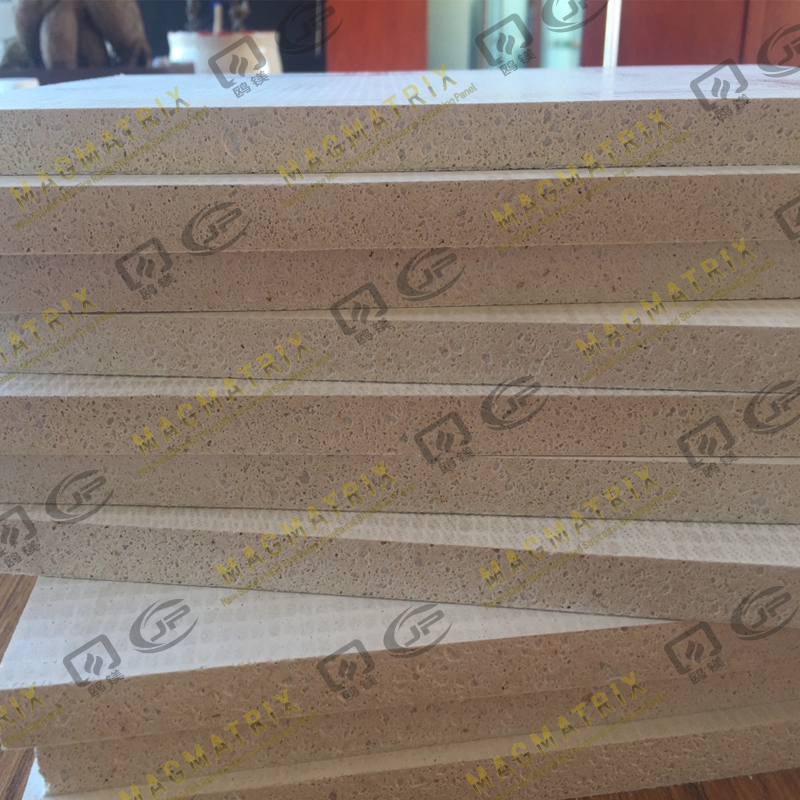 BMSC 517 New Sulfate MgO Board
BMSC 517 New Sulfate MgO Board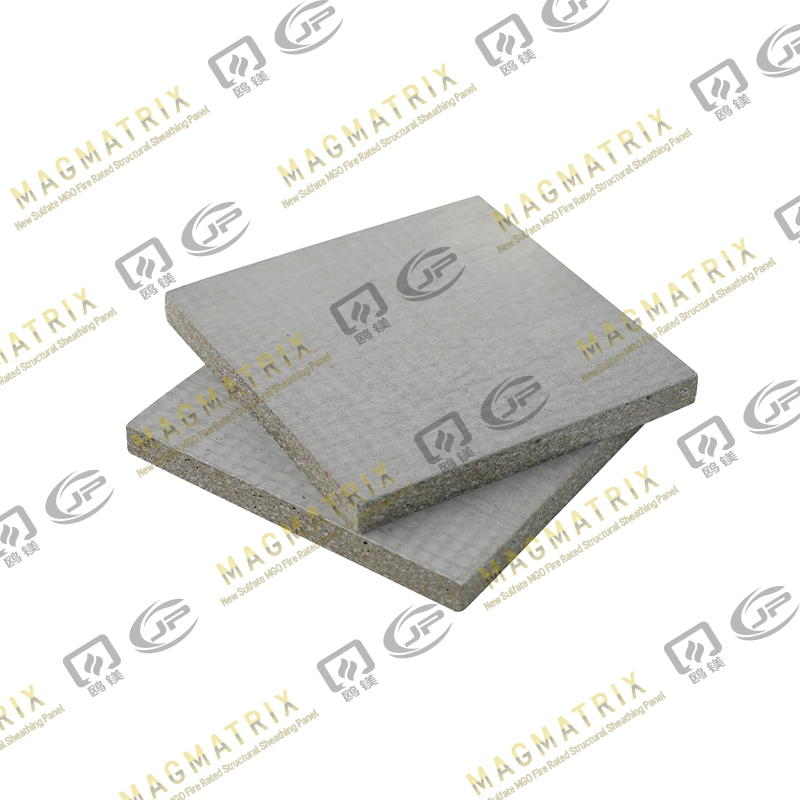 Multi-Support MgO Wall Sheathing Board
Multi-Support MgO Wall Sheathing Board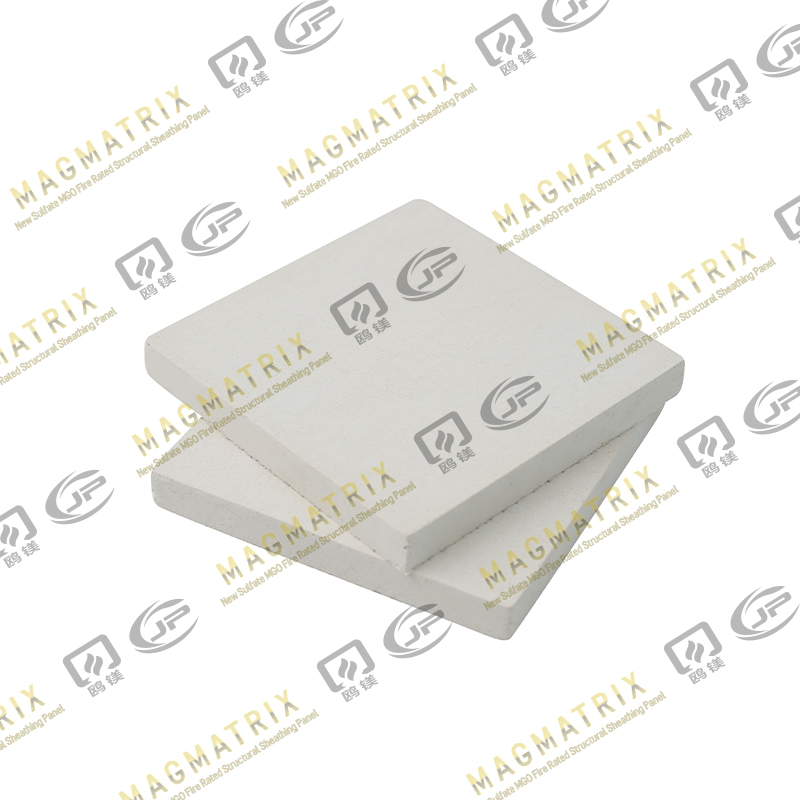 Perseverance MgO Wall Sheathing Board
Perseverance MgO Wall Sheathing Board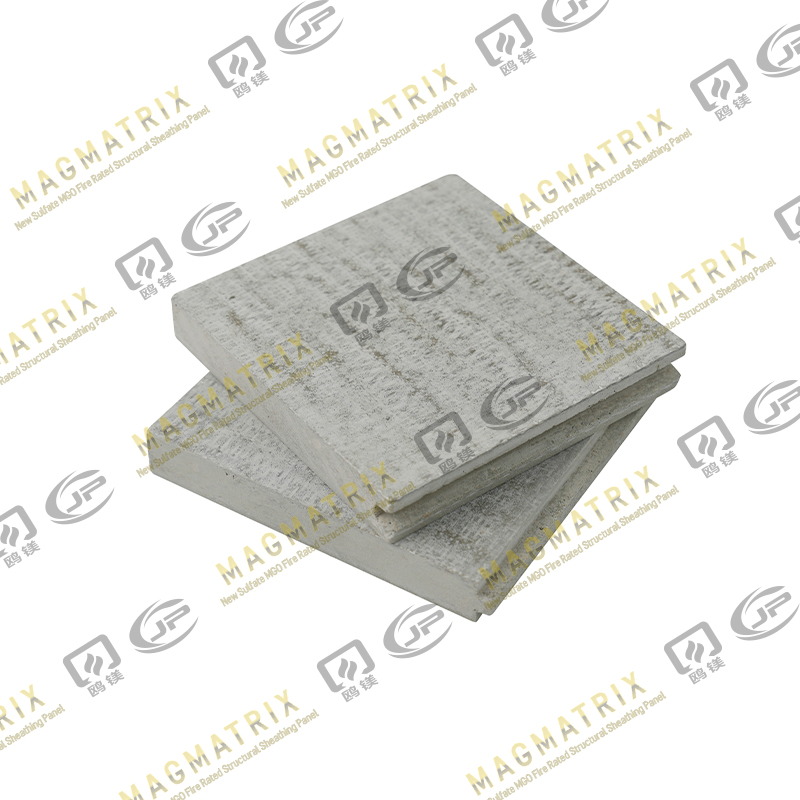 Multi-Support MgO Subfloor Sheathing Board
Multi-Support MgO Subfloor Sheathing Board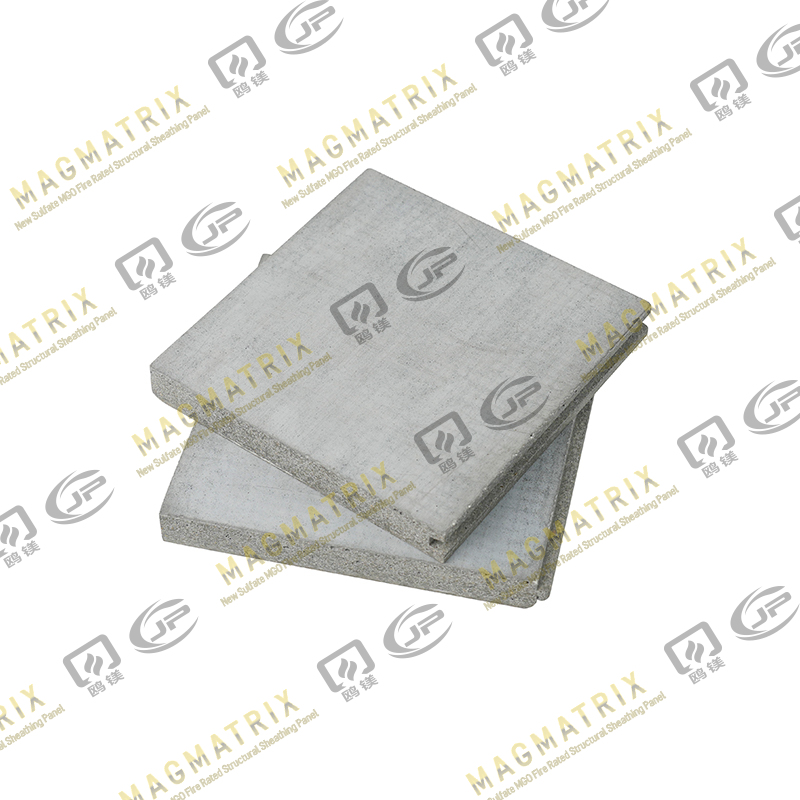 Perseverance MgO Subfloor Sheathing Board
Perseverance MgO Subfloor Sheathing Board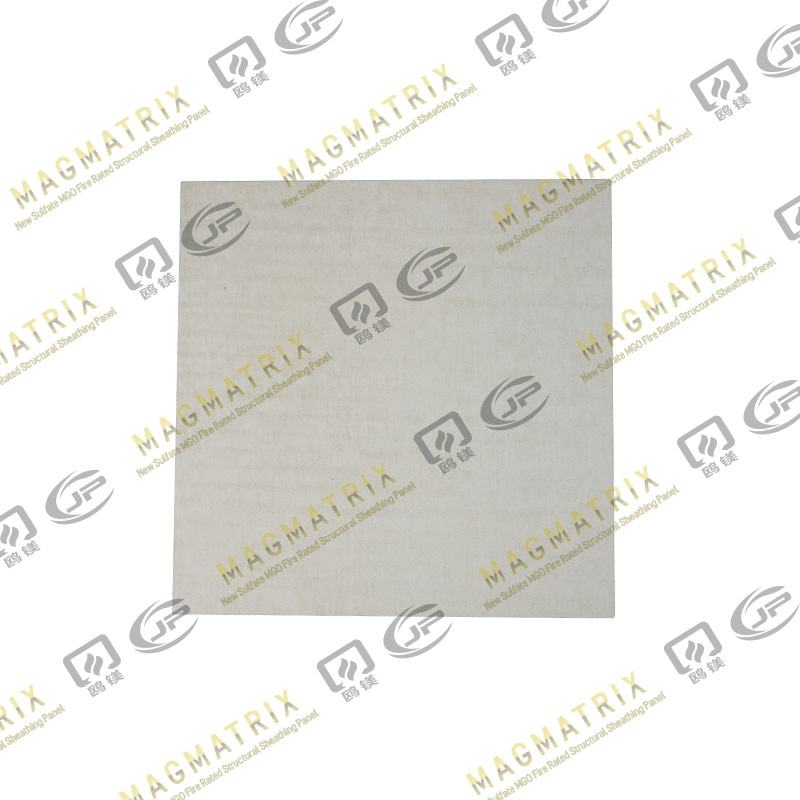 MagMatrix MgO Underlayment Panel/board
MagMatrix MgO Underlayment Panel/board


 English
English русский
русский Español
Español
